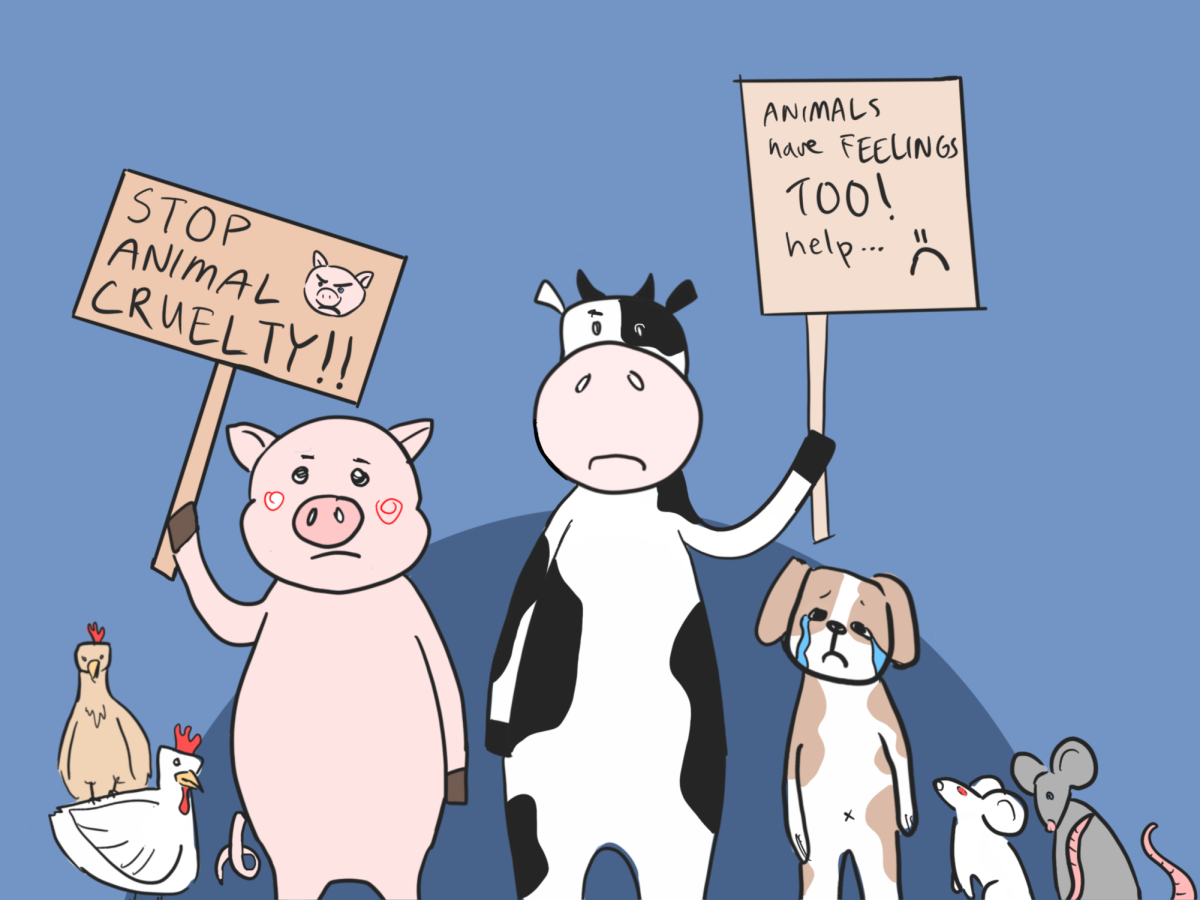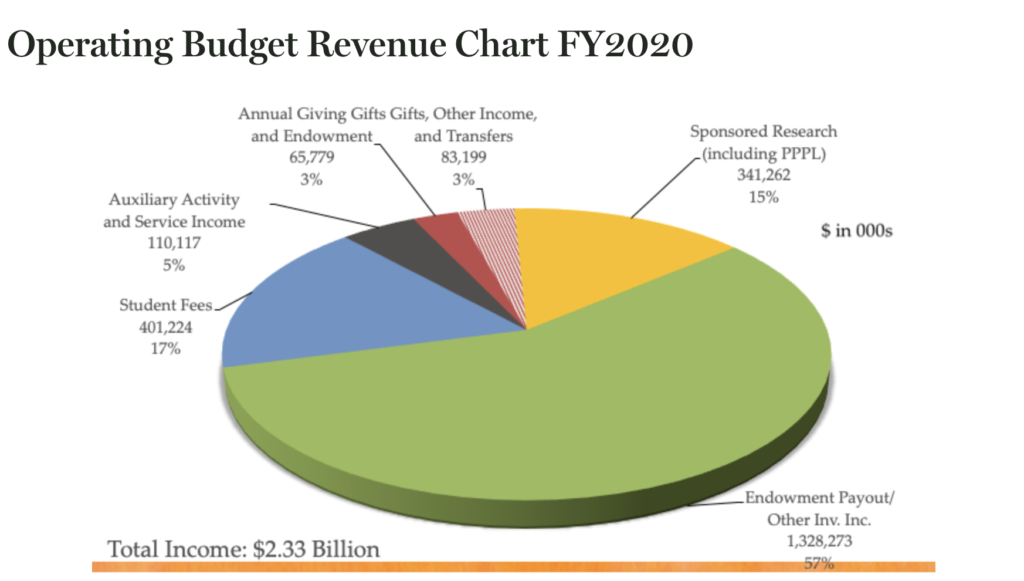In an ideal world, tuition should not be a factor that affects students’ choice of college. Sadly, though, many lower- to middle-class families save up for years, only to find college costs simply out of reach.
The cost of tuition for Ivy League schools range from $57,410 to $65,146, without even taking into account the cost of room and board. Additionally, when compared to the national average of public and private colleges’ annual tuition — $25,620 and $34,740 respectively, according to ValuePenguin — the Ivy Leagues are among the most expensive colleges in the country. Though many believe low-income students face the greatest challenges with high tuition, in reality, middle-class students suffer the most from these high costs and the inadequate financial aid system.
While colleges make efforts to assist low-income students with financial aid, they neglect the challenges middle-class families face with college tuition. The policies made by elite schools should be more well-rounded and truthful to cover all students’ realistic needs, instead of trying to show the public an impression that they support their students by only helping a small number of extremely low-income families.
Take Harvard University: A family making less than $75,000 a year can receive financial aid to largely reduce their tuition or even attend the school for free. “Nearly one out of four undergraduates comes from a family whose annual income is $75,000 or less. Harvard provides a $2,000 ‘start-up’ grant to each of these students in their first year,” The Harvard Gazette reported. In great contrast, “upper-families with incomes above $156,000 will be asked to pay proportionately more than 10% [of their income] based on their circumstances,” according to Harvard’s financial aid policy.
Although Ivy Leagues like Harvard specify that it is only optional for wealthier families to pay a higher tuition proportional to their annual income, and those who earn more than $150,000 may still qualify for financial aid, these middle-class families rarely qualify because they are just slightly above the income cutoff line. Colleges will always prioritize students with the lowest income in the most dire circumstances for financial aid. Yet middle-class students, whose income can range from as little as $47,189 and up to $141,568, make up more than 67% of Harvard’s population. The financial aid system is unfair for those who straddle the line between low and high income.
According to Princeton University’s official finance report, the college’s 2020 operating budget revenue was $2.33 billion, with the category Endowment Payout and Sponsored Research (equivalent to donations) making up 72% of their revenue. The amount of income Princeton made from students’ fees was approximately $401 million, which only holds up around 17% of the school’s total annual revenue.
In short, student fees do not make up an integral part of Princeton’s revenue that’s needed for operations. Why still charge students an above-average price when they essentially do not need or rely at all on this tiny portion of income? While only financially supporting a small number of students whose family’s income is extremely below the average, these universities’ claims to help out a larger number of middle-class students don’t seem possible.
With little over 8,500 students, Princeton has fewer students compared to most other Ivies; the situation is likely to vary from school to school. But because elite schools do not rely upon the students’ fees to operate, it is time to consider whether unaffordable tuition is necessary. What are colleges trying to hide by keeping tuition this exorbitant and unrealistic?
The Ivy Leagues have remained particularly wealthy over the years because more than $616 billion worth of endowment assets in the U.S. go to only a few schools — for example, Harvard receives $39.2 billion. The bigger the endowments a university has, the more power it has, and thus the more investors and activists it draws. Ultimately, it seems an endless stream of income will be invested into these elite universities because of their prestige.
The fact that college is being run more like a business instead of a place to learn and refine knowledge is truly concerning. Despite the seemingly reasonable low-income financial aid policies, the terms and requirements to qualify for financial aid are not easily met by middle-class families. Aside from a few fortunate individuals who may be granted a tuition reduction through receiving merit scholarships or negotiating with the financial aid office, the rest of the student population will either have to give up on a certain college because of the high price or reach out for student loans, which tend to be harmful in the long term.
In most cases, a student may be offered a loan as a part of their school’s financial aid. Despite the Ivy Leagues aiming for their students to graduate debt-free, their efforts aren’t effective so far. In 2021, Cornell University’s graduates had an average student debt of $26,865, whereas the average student debt at a non-elite school is only $16,300.
Still, I do acknowledge that elite schools have such a high price tag because of the high demand and short supply. Only 5% of applicants on average can be accepted into Ivy League schools, so students are applying to receive some of the most elite college educations around the globe. The variety of fields and resources available for Ivy League students have been found to have a measurably positive effect on their future earnings.
However, a big reason why Ivy Leagues charge so much more is to distinguish themselves from other colleges, which points to the highly business-oriented nature of many colleges nowadays. Despite the top-tier resources and quality of teaching that elite schools provide for their students, the cost of tuition is not only unaffordable for most low-income families, but also a hindrance for most of the middle-class. Countless students in the past have lost the opportunity of furthering their academic studies just because they are held back by college tuition. With so much money in their endowments, Ivy League schools should do more to help middle-class students whose parents can’t easily afford for them to go there without taking on mountains of debt.




























